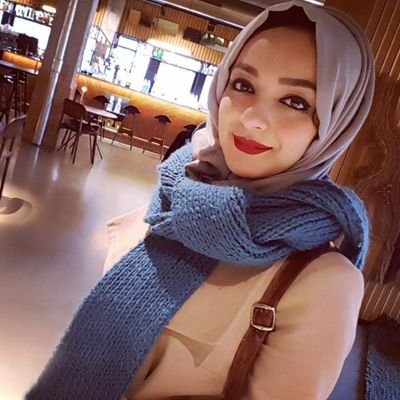The earliest traces of Islam in Malaysia are believed to go back to around the 13th-14th century, brought in primarily by Arab and Indian Muslim traders. ‘Batu Bersurat Terengganu’, an ancient inscribed stone discovered in the state of Terengganu, dates back to approximately 1303 and is considered to be the earliest evidence of the spread of Islam in the country.
Although constitutionally secular, Islam is recognised as Malaysia’s ‘religion of the Federation’ and is deep-seated in Malay life and culture. The capital, Kuala Lumpur, is home to the largest museum of Islamic arts in Southeast Asia, where Islam today is the most widely practiced religion.
Hosting more than 10,000 artefacts from across the Islamic world, the Islamic Arts Museum Malaysia was officially opened in 1998.
![The marble floor in the lobby area of the Islamic Arts Museum in Kuala Lumpur, Malaysia is polished October 25, 2005 [Goh Seng Chong/Bloomberg via Getty Images]](https://i0.wp.com/www.middleeastmonitor.com/wp-content/uploads/2021/09/GettyImages-94894946.jpg?resize=562%2C800&ssl=1)
The lobby area of the Islamic Arts Museum in Kuala Lumpur, Malaysia, October 25, 2005 [Goh Seng Chong/Bloomberg via Getty Images]
Visitors are greeted with a verse from the Quran inscribed in the mosaic tiles that frame the entrance. As you enter into the main foyer, you are met with an impressive dome ceiling, marble floors and a crisp white interior.
On display are 12 permanent exhibitions spread over two levels, with spacious open galleries devoted to Arms and Armour, Textiles, Ceramics, Jewellery, Coins, Manuscripts and the Quran.
Manuscripts of the holy text in the Quran gallery include fragments dating as far back as the ninth and tenth centuries AD, with a leaf from a Blue Quran believed to be from North Africa or the Near East. Other more recent Quranic manuscripts at the museum originate in Safavid and Qajar Iran and Ottoman Turkey from the 18th and 19th centuries.
![Karen Hughes, US undersecretary of state for public diplomacy, takes a look at a Quran on display at the Islamic Arts Museum in downtown Kuala Lumpur, 23 October 2005 [TENGKU BAHAR/AFP via Getty Images]](https://i0.wp.com/www.middleeastmonitor.com/wp-content/uploads/2021/09/GettyImages-55986370.jpg?resize=533%2C800&ssl=1)
Karen Hughes, US undersecretary of state for public diplomacy, takes a look at a Quran on display at the Islamic Arts Museum in Kuala Lumpur, 23 October 2005 [TENGKU BAHAR/AFP via Getty Images]
Perhaps the most elaborate gallery at the museum is dedicated to architecture, which is seen as the earliest expression of Islamic ‘art’. A fascinating collection of scale-model mosques adorns the exhibit, with places of worship naturally providing the ultimate manifestation of religious architecture.
From Islam’s holiest site, the Kaaba, to Jerusalem’s Dome of the Rock, the UAE’s Sheikh Zayed Grand Mosque, Turkey’s Selimiye Mosque and even less recognisable mosques such as one in China’s Xian, the exhibit highlights the unique and architectural heritage of various Muslim places of worship across different cultures.
![Model of a mosque [Islamic Arts Museum Malaysia]](https://i0.wp.com/www.middleeastmonitor.com/wp-content/uploads/2021/09/narc_02b.jpg?resize=600%2C362&ssl=1)
Model of a mosque [Islamic Arts Museum Malaysia]
Beyond its collection of works from the Middle East and Persia, the museum offers insight into the Islamic identity and heritage in Asia, with dedicated galleries on art from India, China and the Malay Peninsula.
![Prayer Book China (17th century AD) [Islamic Arts Museum Malaysia]](https://i0.wp.com/www.middleeastmonitor.com/wp-content/uploads/2021/09/China-gh-4-scaled-e1631357501460.jpg?resize=920%2C656&ssl=1)
Prayer Book China (17th century AD) [Islamic Arts Museum Malaysia]
Between your time visiting Kuala Lumpur’s iconic Petronas Twin Towers and climbing the Batu Caves, make room for a visit to the Islamic Arts Museum Malaysia. With a nominal fee, not only will you get the chance to see thousands of ancient treasures up close, but you will be able to immerse yourself in the vast history and diverse cultures of Islamic civilisations.








